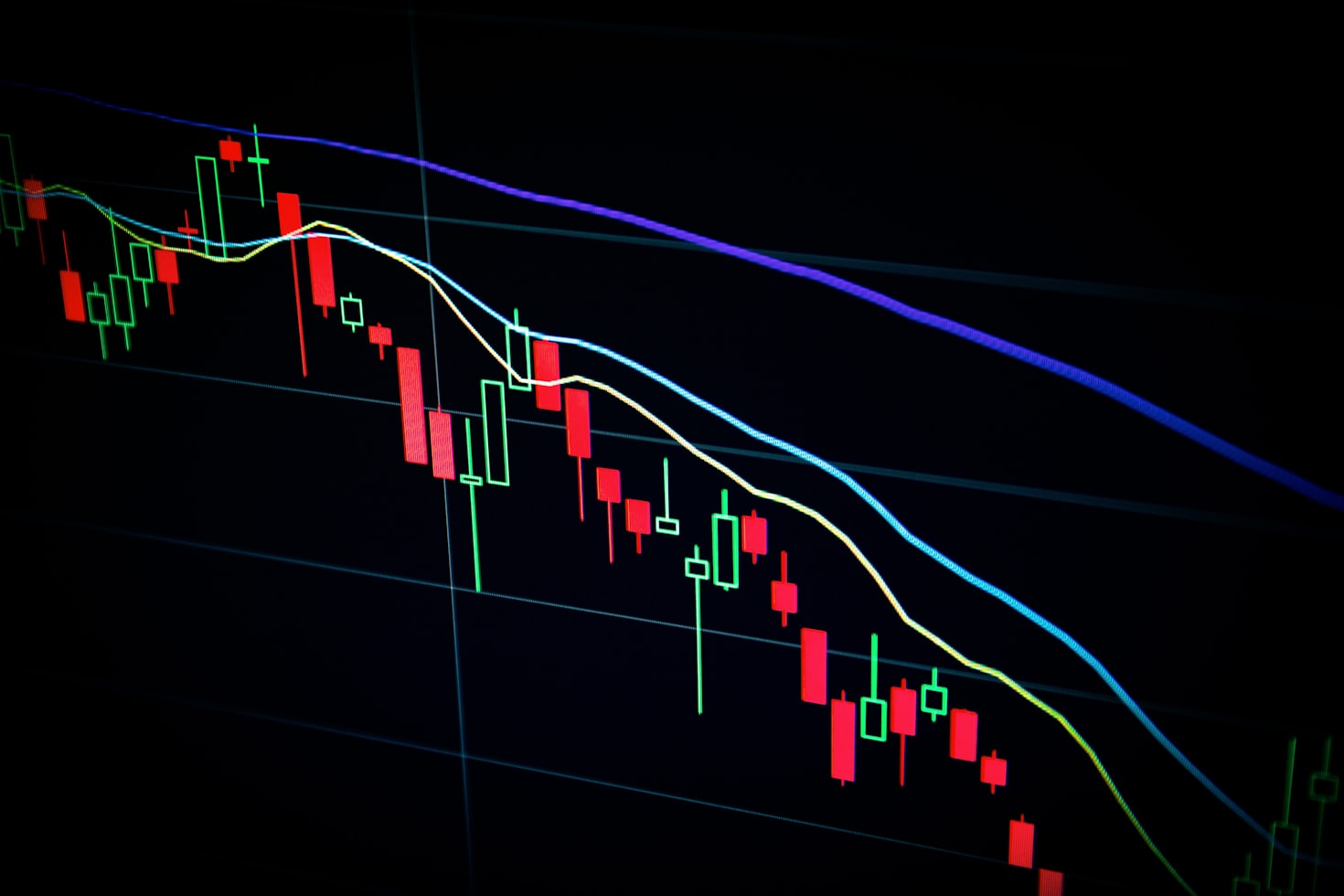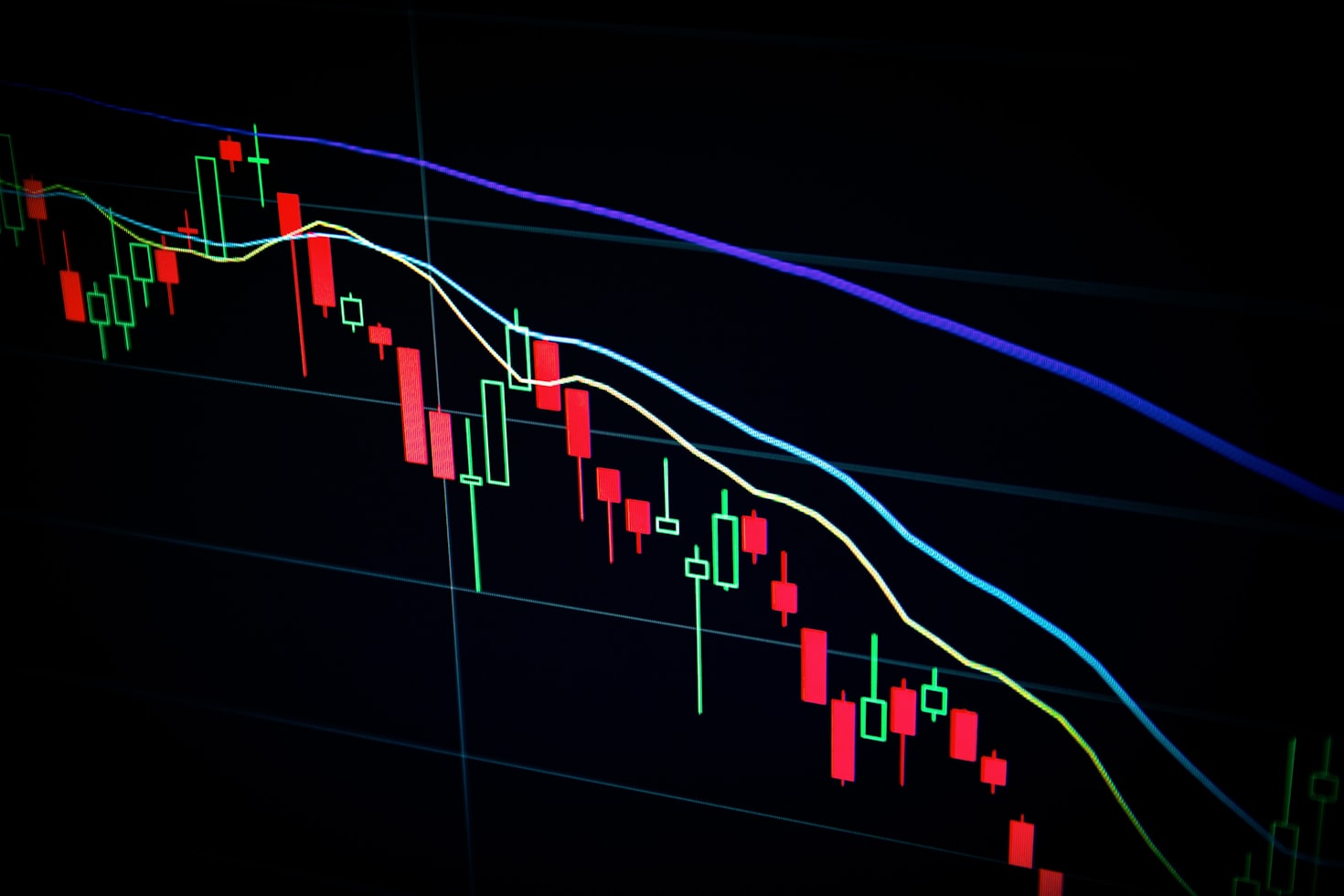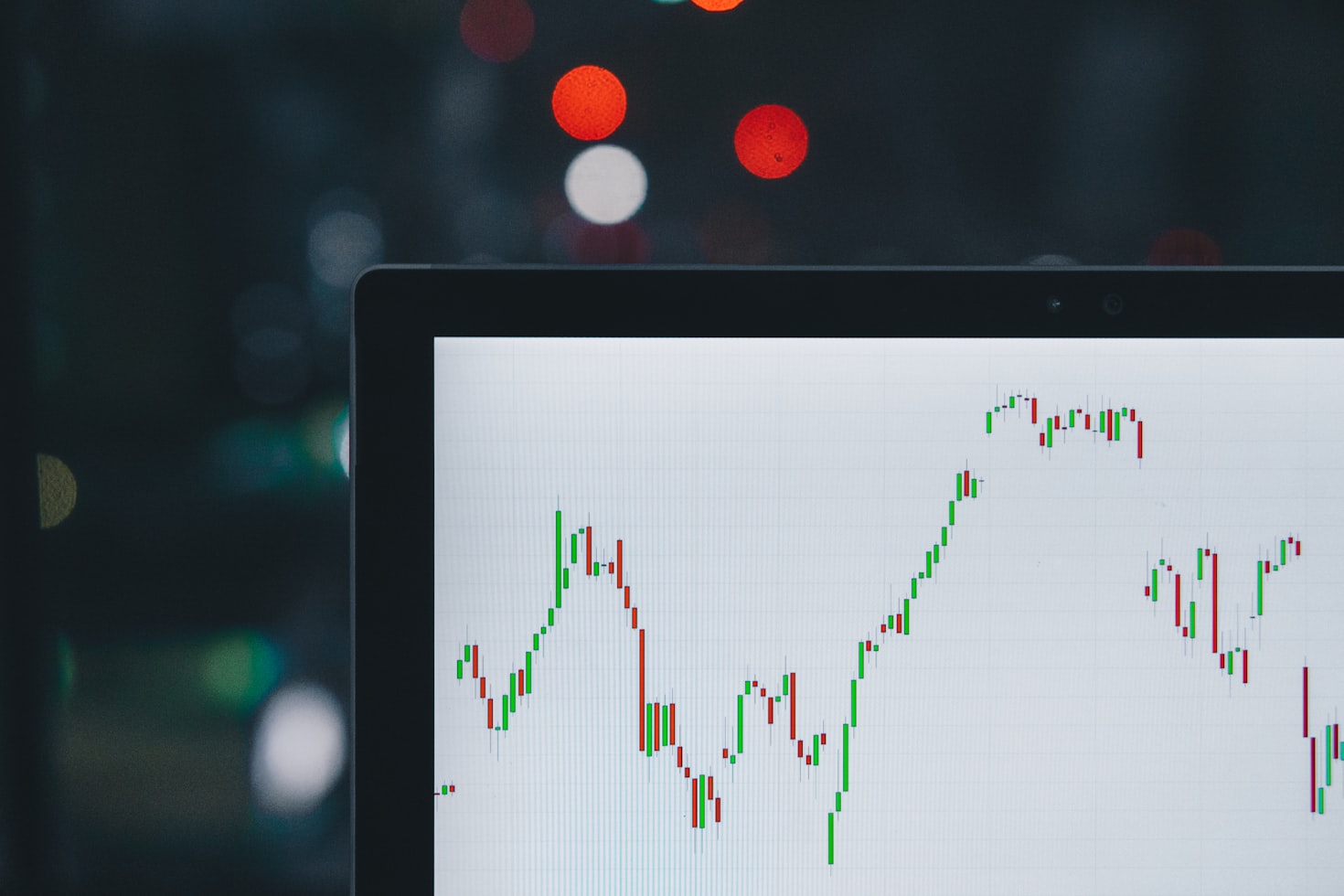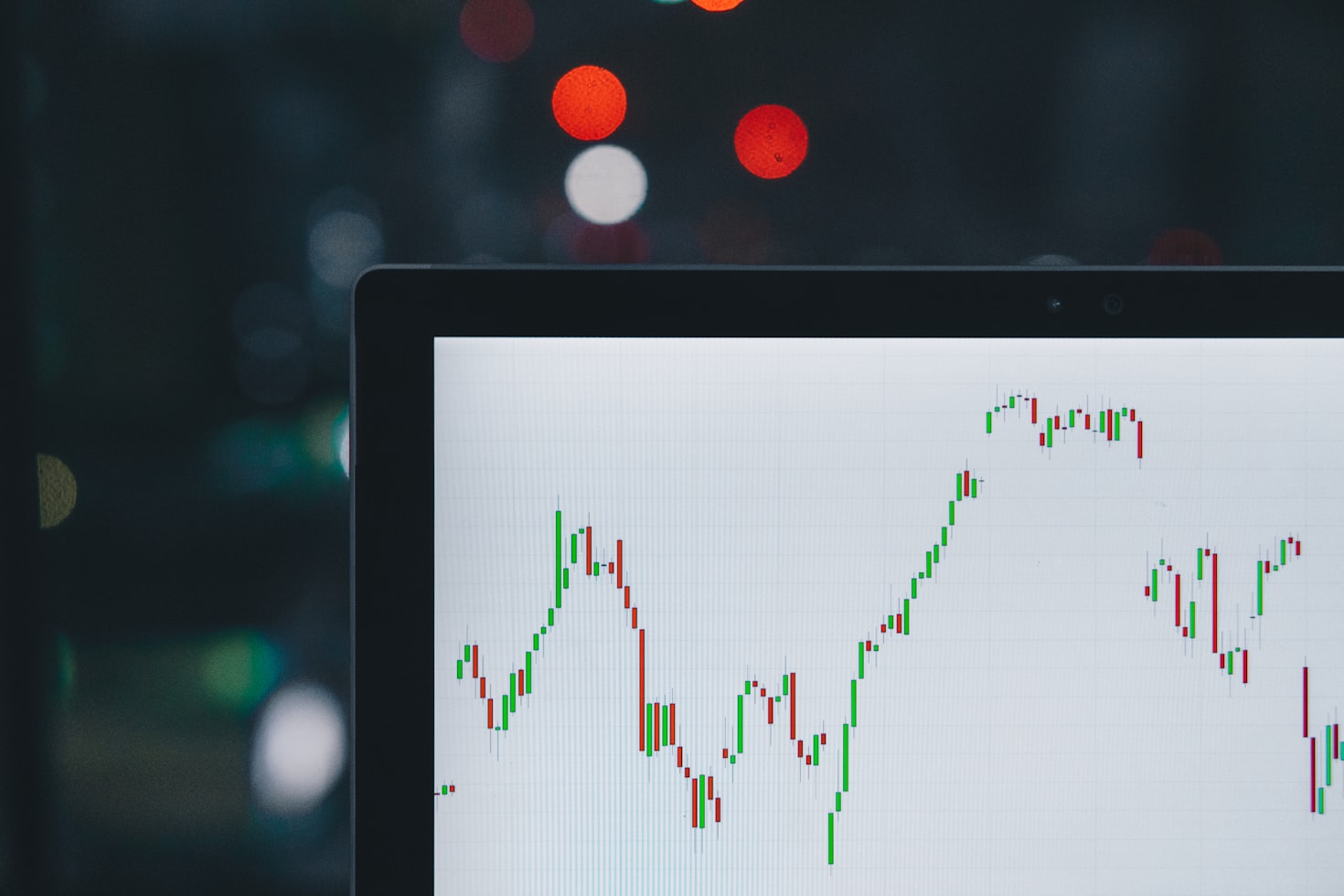Gold’s Bull Run: A Shift in Investment Demand and Its Impact on Indian Investors

The gold market has witnessed a remarkable surge in recent years, driven by a combination of factors including exchange-traded funds (ETFs), central banks, and a shift away from US treasuries. As the world’s largest consumer of gold, India is particularly affected by these trends. In this blog post, we will delve into the reasons behind gold’s bull run and its implications for Indian investors.
ETFs and Central Banks: The Key Drivers
The gold ETF market has seen significant growth, with inflows reaching a record high in 2020. This trend is expected to continue, driven by the increasing demand for safe-haven assets amid geopolitical uncertainty. Central banks have also been purchasing gold at an unprecedented rate, with several countries including India increasing their gold reserves.
In India, the gold ETF market has grown steadily, with assets under management (AUM) reaching ₹1.3 trillion (approximately $18 billion) by the end of 2020. This growth is attributed to the increasing popularity of gold as a safe-haven asset among Indian investors, particularly those in rural areas.
De-Dollarization and the Shift Away from US Treasuries
The shift away from US treasuries and the growing trend of de-dollarization are also contributing to gold’s bull run. As global investors become increasingly wary of the US dollar’s dominance, they are seeking alternative safe-haven assets, including gold. This trend is particularly evident in countries with significant foreign exchange reserves, such as India.
Impact on Indian Investors
The gold bull run has significant implications for Indian investors. With the Indian economy facing headwinds, including a slowing growth rate and high inflation, investors are seeking safe-haven assets to protect their wealth. Gold, being a traditional safe-haven asset, is becoming an increasingly attractive option for Indian investors.
For individual investors in India, gold can be a viable option as a hedge against inflation and currency fluctuations. However, it is essential to note that gold prices can be volatile, and investors should consider diversifying their portfolios to minimize risk.

RBI Policies and Implications
The Reserve Bank of India (RBI) has been monitoring the gold market closely, and its policies have played a crucial role in shaping the industry. In recent years, the RBI has relaxed rules governing gold imports, making it easier for Indian investors to purchase gold. Additionally, the RBI has been promoting the use of gold as a store of value, recognizing its potential to contribute to the country’s economic growth.
Comparison with Global Markets
The gold bull run is not unique to India. Global markets have also seen significant growth in gold demand, driven by similar factors such as ETF inflows and central bank purchases. The World Gold Council has reported that global gold demand reached a five-year high in 2020, driven by a surge in investment demand.
Conclusion
In conclusion, the gold bull run is driven by a combination of factors, including ETF inflows, central banks, and a shift away from US treasuries. As Indian investors, it is essential to understand the implications of this trend and consider gold as a viable option in their portfolios. However, it is also crucial to diversify and manage risk to minimize potential losses. As the Indian economy continues to evolve, the gold market is likely to remain an important player in the country’s financial landscape.
Key Takeaways:
Actions to Consider:


